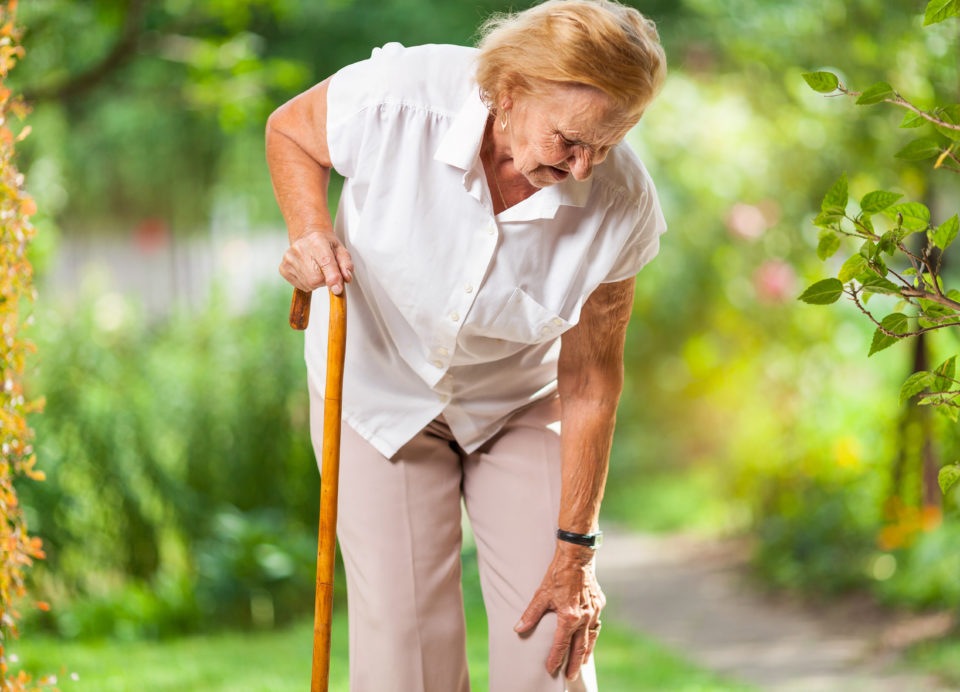
Women undergoing operative treatment for hip fracture are less likely than men to receive perioperative geriatric care and anesthesia consultations, according to recent research.
“Overall, we found that geriatric care for these vulnerable hip fracture patients was not routinely provided. However, given that 70% of hip fractures occur in women, and what we know about the positive effect of providing geriatric care to older hip fracture patients, increasing access to this care should be a top priority,” senior author Dr. Daniel McIsaac, associate scientist and anesthesiologist at The Ottawa Hospital, Ottawa and ICES, Toronto, Ontario, said in a press release. “A person’s sex or gender should not play a role in whether evidence-based care is provided.”
For the study, published in CMAJ, researchers evaluated 22,661 hip fracture surgery patients, of whom 16,162 (71.3%) were women. During the first 30 postoperative days, 1,621 patients died (7.2%, 960 women and 661 men). The researchers noted that women tended to be older (mean age, 84 years vs. 82 years) and had greater odds of rheumatic disease (1.5% vs. 0.7%) while men were more likely to have chronic obstructive pulmonary disease (10.8% vs. 14.9%), diabetes (diabetes mellitus [DM] with complications, 13.2% vs. 20.1%; DM without complications, 13.5% vs. 15.6%), and malignancy (5% vs. 10.5%). In unadjusted analysis, women were less likely to receive geriatric care than men (648 [10.0%] vs. 1,314 [8.1%]; unadjusted odds ratio [OR] 0.79, 95% confidence interval [CI] 0.72–0.88), as well as anesthesia consultations (adjusted OR 0.89, 95% CI 0.80–0.98). Female patients had greater odds of undergoing timely surgery (adjusted OR 1.26, 95% CI 1.17 to 1.36). There were no differences in men and women regarding neuraxial anesthesia (adjusted OR 0.98, 95% CI 0.93 to 1.04) and regional analgesia (adjusted OR 1.00, 95% CI 0.94 to 1.07) receipt.
The researchers also observed that, when comparing low-income neighborhood men and women, the women were less likely to receive geriatric care (lowest income quintile OR 0.69, 95% CI 0.55 to 0.87), but this disparity was not observed in higher income patients (highest income quintile OR 1.15, 95% CI 0.91–1.44; interaction P = 0.006). And, when comparing differences based on sex in dementia patients, the women were also less likely to receive an anesthesiology consultation (OR 0.83, 95% CI 0.74–0.93; interaction P = 0.04).
“Our exploratory analyses, which must be cautiously interpreted as they were not the primary objective of this study, suggest that older people with hip fracture who receive more evidence-based care processes have lower odds of 30-day mortality, and that the gap in provision of evidence-based care processes for women compared with men has decreased in recent years compared with the period before publication of evidence-based practice recommendations,” the researchers wrote.
Study Examines Association Between Antidepressant Use and Hip Fracture
Impact of Direct Oral Anticoagulants in Patients With Hip Fractures
Rate of Hospital-treated Infections After Hip Surgery Increases
Study: Fracture Sites and Medication Associated with Increased Fracture Risk in Diabetes Patients
Source: CMAJ







 © 2025 Mashup Media, LLC, a Formedics Property. All Rights Reserved.
© 2025 Mashup Media, LLC, a Formedics Property. All Rights Reserved.